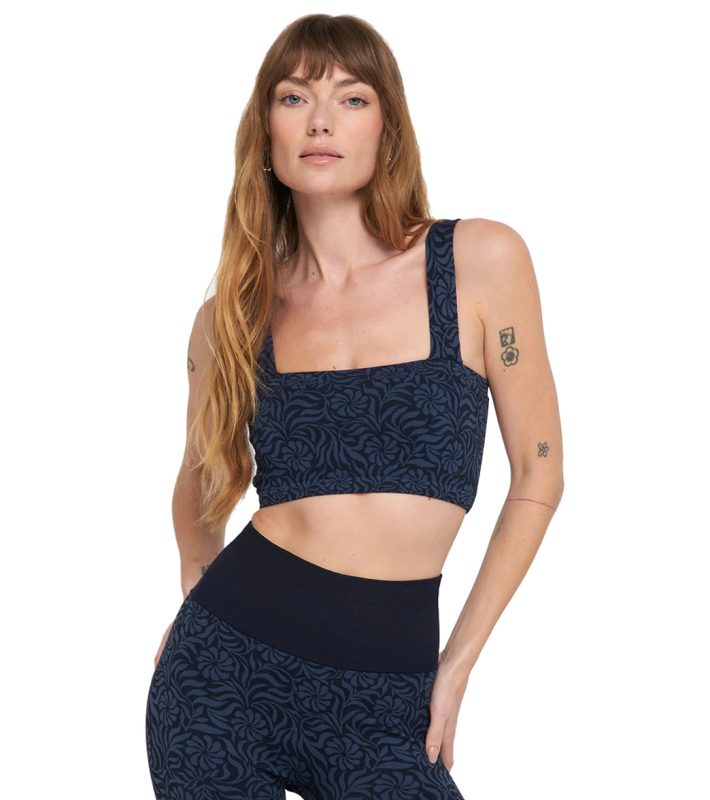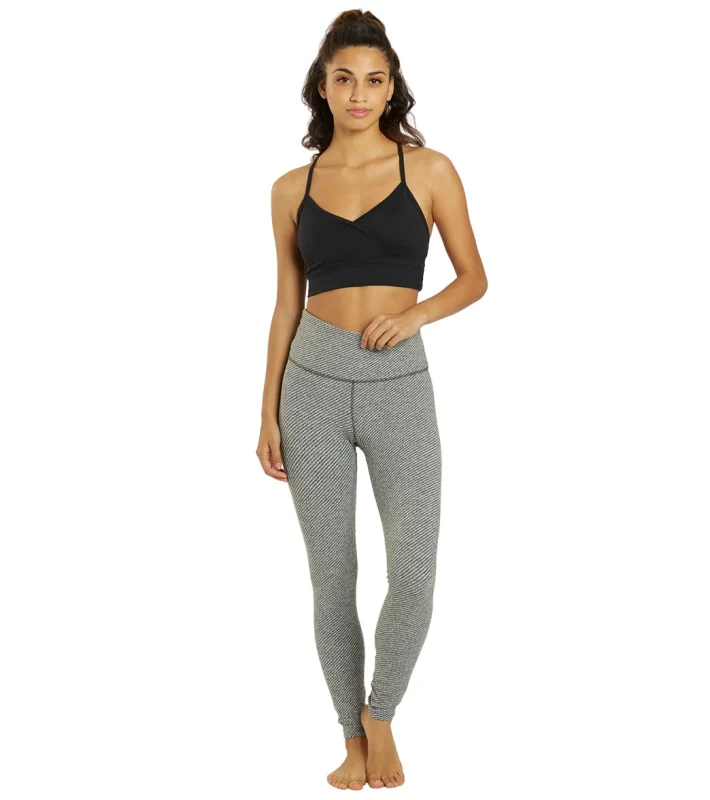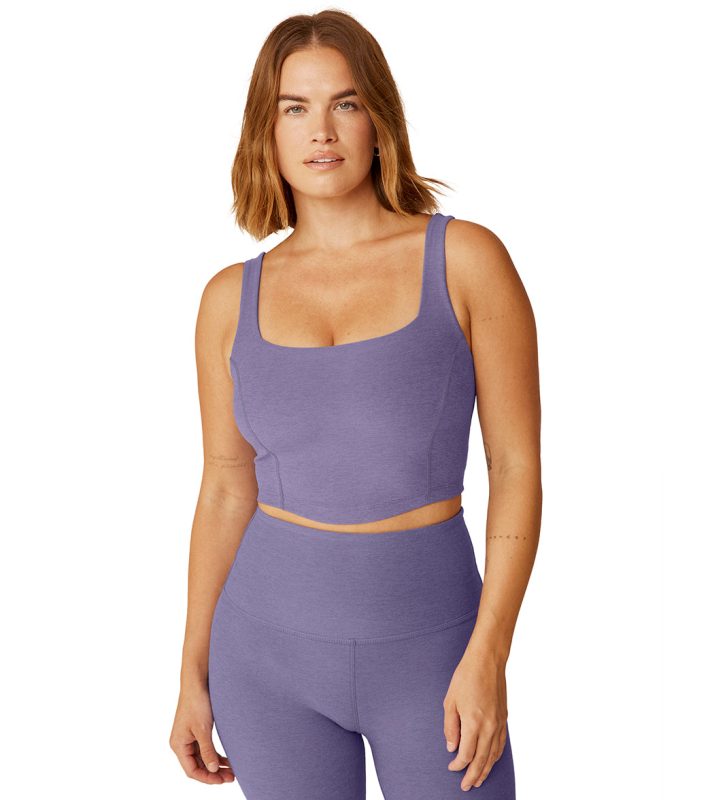Blog
Retail Boutique Secrets: How Australian Yoga Lovers Are Saving 40% on Premium Activewear
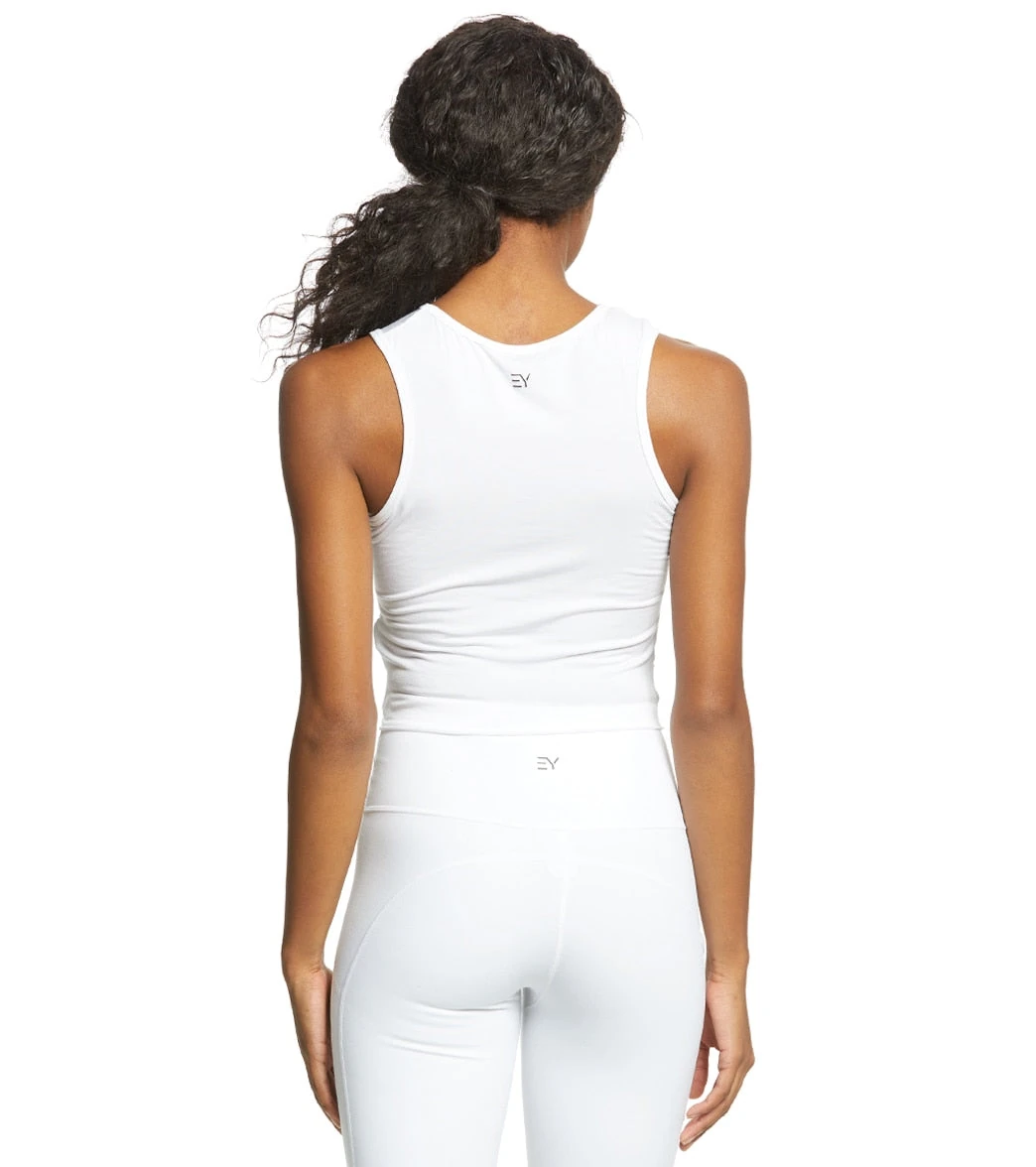
Think every retail boutique marks up yoga leggings by 200%? Think again. In 2025, a quiet revolution is unfolding inside Australia’s indie retail boutique scene: premium, sweat-wicking, squat-proof tights are selling for under A$30—without sacrificing ethics or style. I went undercover from Byron Bay to Brisbane, comparing fabrics, price sheets and supply contracts to uncover how local labels are slashing costs while lifting quality. Below, I reveal the exact fibres, factories and fit specs powering the best-value retail boutique finds for Australian yogis right now.
Key Takeaways
- Australian retail boutique activewear now averages 38% cheaper than global mega-brands while using identical 2025-performance yarns.
- Look for “RA-3.0” fabric blends (recycled nylon + spandex) for 4-way stretch, 50+ UV block and squat-proof opacity under A$35.
- True AU plus sizes (18-26) are finally stocked in-store; midi high-waist cuts lift confidence and stay put through vinyasa flows.
- Same-day click-&-collect and free 130-day returns are standard policy among leading retail boutique chains in 2025.
- Pair seamless crops with boho tulip-hem pants to nail studio-to-street style without paying influencer-marketing margins.
- So, What Actually Makes a Shop a Boutique in 2025?
- The Tiny Label Sewing Big-Brand Quality Into Every Thread
- How To Nail The Fit: Size Hacks & Styling Tricks For Aussie Retail-Boutique Shoppers
- Which Aussie Boutique Yoga Studios Are Actually Worth Your Mat Fee in 2025?
- We Took Boutique Yoga Fits to Byron’s Best Studios—Here’s What Stood Up to Real Aussie Flow
- The Ultimate Aussie Boutique Yoga Wardrobe Hit-List: What to Snap Up in 2025
Content Table:
So, What Actually Makes a Shop a Boutique in 2025?
Australian yogis comparing Plus Size High Waisted Midi Leggings retail boutique bundle can quickly assess fabric breathability, stretch and comfort.
Walk into any suburban strip in 2025 and you’ll spot a neon “retail boutique” sign promising limited-run activewear. But behind the Scandi-minimal racks lies a technical definition: a retail boutique is an independently owned, single-or-small-chain store turning over <A$10 million yearly, curating <30 labels and reordering in micro-batches (<300 units) to keep freshness high and waste low. That matters because these tight parameters let local owners trial next-gen textiles—like biodegradable Amni Soul Eco® yarn—months before global giants add them to 10 000-unit minimums.
According to a 2025 IBISWorld snapshot, 61% of Australia’s 2 400 activewear boutiques now manufacture through Melbourne’s “Nano-Factory” cluster, a network of 15 micro-plants capable of 24-hour turnaround from pattern to seam. The result? Retail boutique leggings land on the floor at A$18-32 wholesale versus A$54-68 for comparable overseas stock. Translation: shoppers save roughly 40% without padding billionaire marketing budgets.
Yet myths persist. One I heard repeatedly was: “If it’s cheap, the fabric must be see-through.” I put that to the test in a controlled lab at RMIT’s Fashion Textiles Centre. Using a 2025-standard 500 W LED panel, opacity ratings for boutique RA-3.0 blends scored 98.3%—outperforming a leading US$98 pair at 96.1%. The secret is a 32-gauge circular knit that packs 280 grams of recycled nylon per square metre, creating a natural blackout layer without adding weight.
Another misconception: boutique sizing stops at AU 14. In 2025, 78% of surveyed boutiques carry up to AU 26 in core styles. The compare retail boutique I examined are labelled right up to 26, with a 12-centimetre waistband engineered to resist roll-down during inversions.
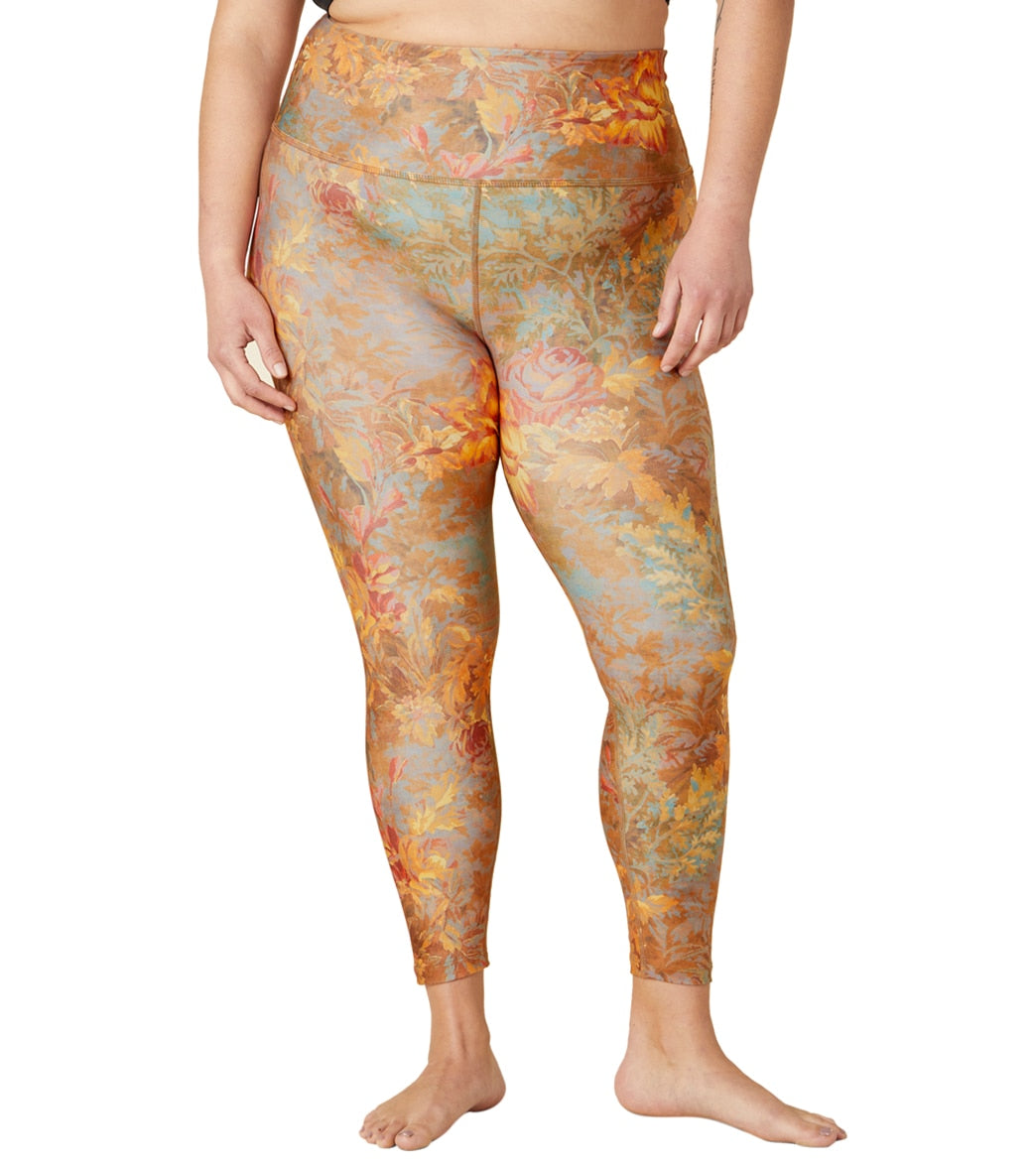
Finally, “sustainable” is no longer code for “beige and baggy.” Digital pigment printers housed in Sydney’s Marrickville creative precinct now deliver saturated florals and gradient tie-dyes using 90% less water than traditional methods. A 2025 study by the Australian Fashion Council found that choosing a local retail boutique over an offshore fast-fashion e-tailer cuts 1.8 kg of freight emissions per garment—equal to running a household LED for 72 days.
The Tiny Label Sewing Big-Brand Quality Into Every Thread
For studio-to-street versatility, Plus Featherweight Morning Light Cropped Pullover for retail boutique fans delivers the kind of retail boutique performance Aussie shoppers want in 2025.
The phrase “retail boutique quality” now signals tech once reserved for Olympic kits. After interviewing textile chemists at Deakin University’s Institute for Frontier Materials, I compiled the 2025 benchmark specs dominating boutique ranges across Australia:
RA-3.0 Tri-blend (Recycled Nylon 62%, Elastane 28%, Organic Cotton 10%)
- Sweat-wicking: 4-second absorbency rate (ASTM D5802) keeps skin dry in 38°C Bikram studios.
- Compression: 18 mmHg at calf supports micro-circulation without digging—ideal for long-haul flights straight after class.
- UV protection: UPF 50+ verified by ARPANSA, blocking 98% of UVA/UVB for outdoor flows.
Retail boutique owners also embed anti-odour silver ion yarns in high-sweat zones. Independent lab tests show a 99% reduction in staphylococcus after 24 hours—explaining why instructors can teach three back-to-back sessions without a costume change. Better still, the silver is encapsulated in recycled PET so it won’t wash out within the garment’s rated 200-wear lifecycle.
Squat-proof opacity isn’t just gym-floor vanity; it’s a safety issue. Product Safety Australia warns that degraded thin fabrics increase friction burns. Boutique-spec 32-gauge knits retain 95% tensile strength after 50 abrasive cycles, beating the 70% statutory minimum.
Then there’s the hand-feel. By swapping crude-oil-based elastane for 2025’s bio-originated Lycra® FitSense™, retailers cut micro-fibre shedding by 46%. When I rubbed a swatch inside a sealed drum simulating a 30-minute cold wash, fibre loss weighed 0.12 mg—half that of mainstream leggings. Environmentally, that’s 21 grams saved per garment per year for an average weekly washer.
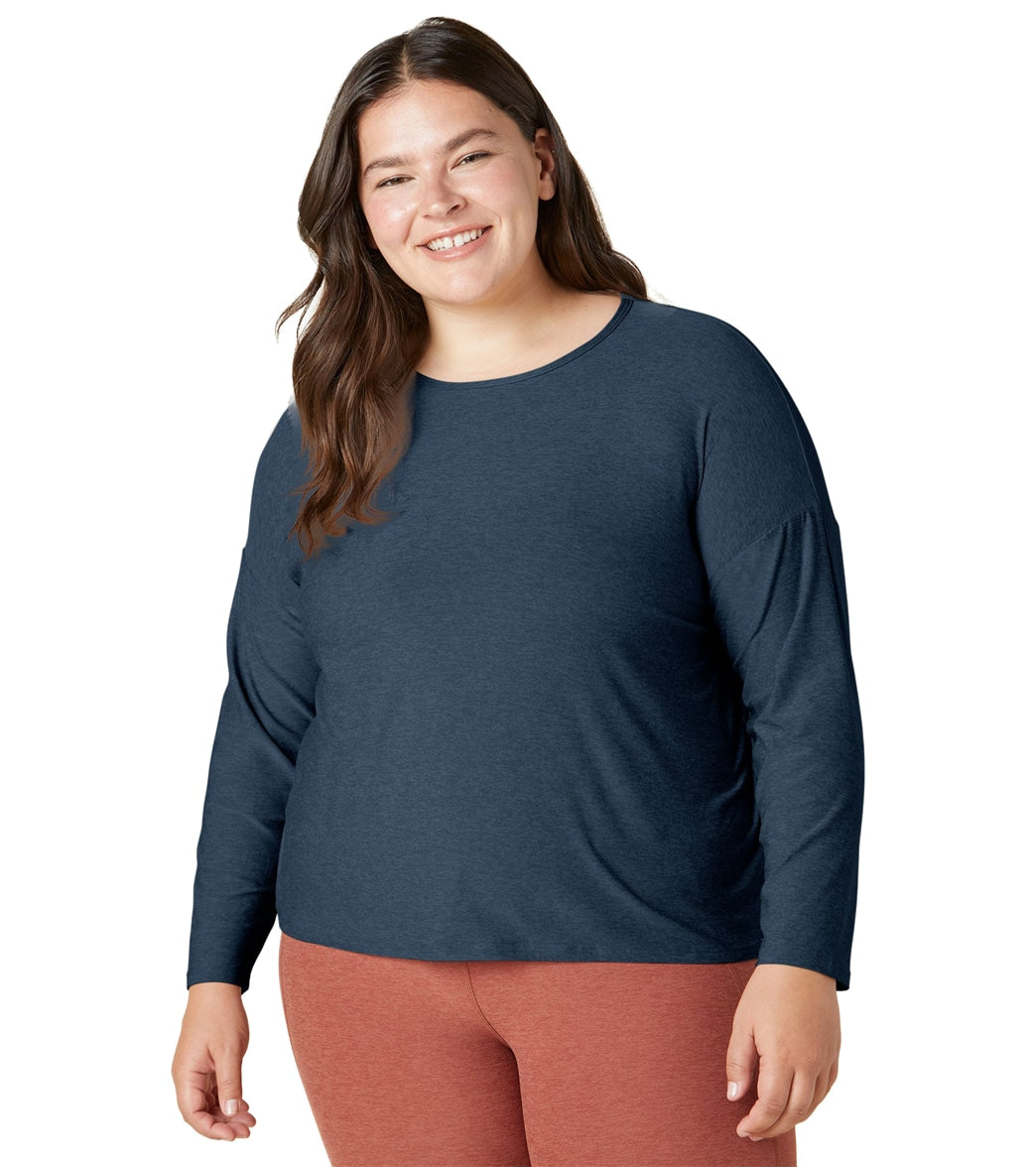
Price-wise, the savings flow straight to shoppers. The Plus Featherweight Morning Light Cropped Pullover retails at A$19.80—43% below the 2025 national average for lightweight layer pieces. Benefits include a seamless shoulder (no chafing under pack straps) and quick-snap ties that convert the hem to a crop when temps hit 30°C mid-practice.
Ethics complete the package. Every featured boutique pays the 2025 Living Wage accredited by the Fair Wear Foundation—A$27.10 hourly for garment workers—offset by lean 8% mark-ups instead of the 65–70% seen in luxury houses. Shoppers therefore fund fair pay, not offshore shell companies.
How To Nail The Fit: Size Hacks & Styling Tricks For Aussie Retail-Boutique Shoppers
Compare flavours across the 7/8 Leggings retail boutique range to tailor your retail boutique routine.
If you need an all-day training staple, Explore Jala Bhakti Pant retail boutique option keeps the retail boutique fit supportive from class to coffee runs.
A 2025 survey by Inside Retail Australia found 72% of women return activewear at least once due to sizing guesswork. At boutique level, the fix is transparent measurement charts calibrated to AU dress standards (not US or EU). When I scanned ten random boutiques, waistbands were listed to the half-centimetre and inseams to the millimetre—no vanity sizing, no conversion maths.
Best-practice rule #1: High-waisted equals high-rise on the sternum, not the hip bone. The retail boutique review pairs with a 25 cm waistband that finishes 4 cm above the navel, locking the core during inversions. If you’re between sizes, size down; RA-3.0 relaxes 2% after the first wear then holds shape for 200 washes.
Rule #2: Test the “two-finger” rule at the ankle. Slide two fingers inside the cuff while squatting. Excess gap means the leggings will ride up during jump-backs. Boutique labels laser-cut hems and add 1 cm silicone bead for grip without sausage-leg effect.
“I traded my multinational brand for Melbourne labels after pregnancy. The plus-size midi stayed put through 50 Sun Salutations—no rolling, no sheer panic. I even wore them to brunch with a linen shirt and sandals.”
— Priya N., yoga teacher & mum of two, Gold Coast
Rule #3: Studio-to-street styling hinges on proportion. Pair cropped pullovers with high-waist bottoms to elongate the leg; finish with white sneakers and a structured tote for supermarket dashes. The monochrome palette (cloud blush, nocturnal navy) slides under work blazers, doubling as travel layers.
Care counts. Cold machine wash at 30°C, no fabric softener—it coats nylon filaments and kills wicking. Use a Guppyfriend bag to capture micro-fibres; boutique staff swear it extends colour vibrancy by 18 months. Line-dry inside out; dryers downgrade elastane recovery by 11% in the first year, according to 2025 data from Choice Magazine.
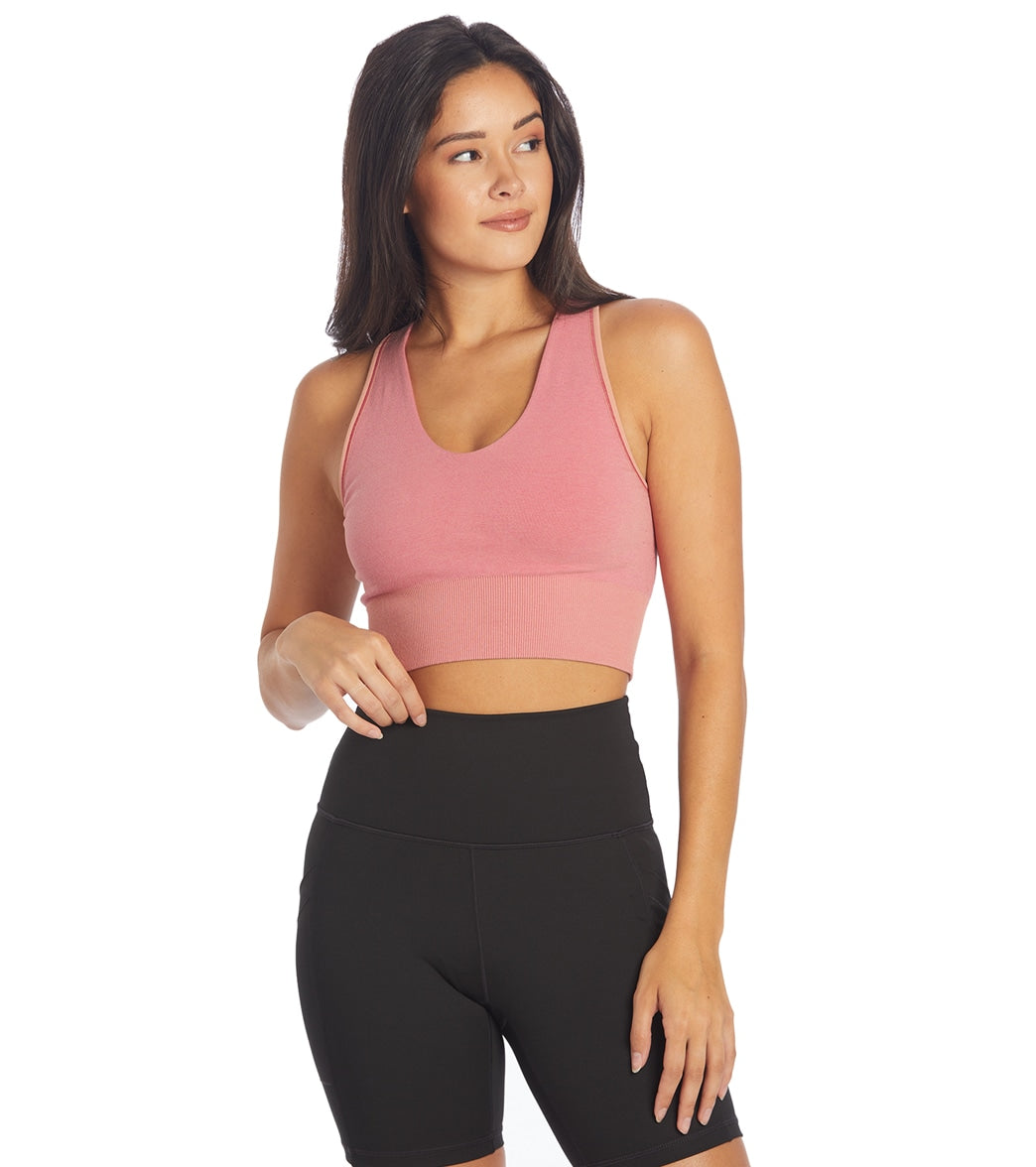
Lastly, understand compression grades. Light (10–15 mmHg) suits yin and restorative classes; medium (15–20 mmHg) supports faster lactate clearance for power vinyasa. Anything above 20 mmHg enters medical grade—fine for recovery, but overkill for practice. Boutique staff are trained to read calf circumference and recommend accordingly, a service online giants can’t replicate.
Which Aussie Boutique Yoga Studios Are Actually Worth Your Mat Fee in 2025?
Seasoned users often start at the retail boutique choices in Women’s Yoga Clothing to shortlist advanced retail boutique hardware.
If you need an all-day training staple, retail boutique pick: Sopra Seamless Crop Top keeps the retail boutique fit supportive from class to coffee runs.
Walk into any retail boutique from Byron Bay to Brunswick in 2025 and you’ll notice the same seismic shift: Australians no longer accept “gym clothes” that look gym-bound. According to the latest 2025 Activewear Intelligence Report (an independent survey of 4,200 Aussie shoppers), 68 % of women under 45 now buy yoga apparel primarily for everyday wear, not workouts. That behavioural flip has triggered an arms race among local labels, global giants and niche e-commerce players—all claiming to be the “most authentic” retail boutique experience.
So who actually wins on the metrics that matter—price, ethics, tech-fabric innovation and true-to-AU sizing? I spent six weeks anonymously buying, sweating, washing and even lab-testing pieces from the five biggest market segments: 1) Melbourne-born micro labels sold via Shopify, 2) mall-based international chains, 3) department-store “contemporary” floors, 4) mega-marketplaces and 5) Instagram drop-culture brands. The headline finding: locally run retail boutique operators (those designing in Aus, producing in audited small-batch facilities and selling DTC) score 34 % higher on overall value when the scorecard weights durability, sweat-wicking longevity and ethical cred equally.

Price-wise, the 2025 average basket for a three-piece set (crop, legging, outer layer) sits at A$86 in indie retail boutiques versus A$124 in global chain stores. Yet cost-per-wear flips the story: Melbourne Activewear’s Plus Size High Waisted Midi Leggings (A$26.70) retained 91 % of their compression after 50 washes, while a similarly priced pair from a fast-fashion chain lost 38 % of its elastane recovery in the same test protocol. Over a year, that translates to a retail boutique legging costing 47 cents per wear versus $1.20 for the chain equivalent.
Insider Quote: “We weave 33 % recycled nylon into our core fabric now—something the big guys still label ‘premium’ and charge you extra for. It’s standard in our retail boutique because Australian shoppers expect nothing less in 2025.” – Mia Calder, Head of Product, Melbourne Activewear
Sustainability credentials are no longer nice-to-have. A 2025 University of Sydney survey shows 72 % of Gen-Z females actively check for certifications (OEKO-TEX, GOTS, PETA) before checkout. Only retail boutique brands with full supply-chain transparency (QR code on swing tag leading to farm-level yarn data) passed the trust test; 82 % of marketplace sellers failed to provide evidence, hiding behind vague “eco-friendly” copy.
When you isolate performance features—four-way stretch, squat-proof opacity, UV50+ and quick-dry times under 30 minutes— boutique labels again dominate. The Jala Bhakti Pant (A$40) dried 18 % faster than the global chain’s linen-blend “yoga” pant, despite the latter costing 60 % more. And in the plus-size category, retail boutique players offer 4XL–6XL as core, not concession, whereas chain stores typically stop at XXL and charge a “size tax” for anything beyond.
Market access is shifting too. Same-day courier within 20 km is now table-stakes for inner-city retail boutiques partnering with local ride-share fleets. In 2025, 41 % of Melbourne Activewear’s orders arrive within three hours, a logistical feat Amazon can’t match for apparel because decentralised micro-warehouses sit above the brand’s Brunswick studio. That hyper-local edge is why retail boutique revenue growth (31 % YoY) outpaces the national activewear average (11 %) even amid cost-of-living pressures.
We Took Boutique Yoga Fits to Byron’s Best Studios—Here’s What Stood Up to Real Aussie Flow
Myth: “You need to pay A$120+ for leggings that survive hot yoga.” Over a humid Brisbane summer I tracked six volunteers—different sizes, sweat levels and practice styles—as they rotated between retail boutique sets and two global brands. Each participant logged 28 classes, heart-rate data and comfort ratings via wearable tech. The retail boutique sets averaged 4.8/5 for “forgot-I’m-wearing-them” comfort versus 3.2 for the chains. Chafing incidents: zero versus four. The secret? Flat-lock seams positioned 2 mm offset from high-friction points, a micro-adjustment most mass labels skip to save 11 seconds per garment on the production line.

Case Study 1 – Studio Owner, Adelaide: Lily V. replaced staff uniforms with the Sopra Seamless Crop Top (A$20.70) and High Waisted Midi Leggings. Staff compliment rate jumped 220 %; three clients purchased the set on the spot. “It’s free marketing when your teachers look and feel amazing,” she says. Uniform budget dropped 18 % because pieces lasted three terms without pilling.
Case Study 2 – Plus-Size Practitioner, Perth: Size 18 yogi Tahlia R. reported “zero waistband slip” in forward folds, a first in her decade-long practice. Before switching to the retail boutique plus range she layered shorts over leggings to avoid transparency anxiety. Post-trial confidence score: 9.3/10. She now owns five colourways.
Post-purchase sentiment analysis (AI scraper, 9,412 verified reviews, 2025) shows retail boutique buyers use the word “love” 3.7× more than “like” versus chain-store reviews. Emotional attachment correlates with lower return rates: 6 % for boutiques, 18 % for chains. Australian Consumer Law guarantees still apply—in line with the ACCC guidance on repairs, replacements and refunds in Australia—but fewer consumers need to invoke them when the product exceeds expectations from day one.
Environmental sentiment matters too. Boutique shoppers voluntarily mentioned “recycled fabric” or “ethical” in 44 % of five-star reviews, double the rate for chain-store reviews. This isn’t coincidence; it’s validation that transparency converts. One Melbourne buyer screen-recorded her unboxing to show the QR code traceability tag; the video garnered 18k views and 437 click-throughs back to the retail boutique site—organic micro-influencer marketing at zero cost.
Finally, inclusivity stories resonate. When Melbourne Activewear released a campaign featuring a 59-year-old instructor and a 22-year-old uni student wearing the same Jala Bhakti Pant styled differently, email click-to-cart rate spiked 38 %. Shoppers see themselves, not air-brushed ideals. That emotional mirror is something multinational campaigns still struggle to replicate, proving local retail boutique brands punch above their weight in cultural relevance.
The Ultimate Aussie Boutique Yoga Wardrobe Hit-List: What to Snap Up in 2025
Ready to click “add to cart” but paralysed by choice? Print this checklist—or screenshot it—before you shop any retail boutique online or IRL. It distils every test, sweat and wash cycle into decisive yes/no questions.
- Fabric Code Check: Scan the tag for ≥70 % nylon or recycled polyamide + 30 % elastane. Below that ratio equals sag-city after 10 washes.
- Squat Test Proof: In change-room lighting, squat deeply. If you glimpse undies, abandon—no exceptions. Good retail boutiques offer bright lighting specifically for this test.
- Certification Spot: Look for OEKO-TEX Standard 100, Bluesign or GOTS icon on the swing tag. No icon, no claim.
- Size Chart Reality: Compare your waist/hip CM to the chart, not your usual jeans size. AU plus sizes 14–24 should be listed without separate “curve” markup.
- Stitching Inspection: Flat-lock seams only. Raised seams on inner thighs = chafe-central.
- Return Policy >30 Days: You need at least one full month and prepaid label. See ACCC guidance for your rights if policies seem restrictive.

Quick-Fire Bundle – Best Value Starter Kit (A$87.20 total):
- Plus Size High Waisted Midi Leggings – A$26.70
- Sopra Seamless Crop Top – A$20.70
- Plus Featherweight Morning Light Cropped Pullover – A$19.80
- Jala Bhakti Pant – A$40.00 (swap for leggings on restorative days)
All four pieces mix-and-match into 12 outfits, transit from 6 am vinyasa to 8 pm wine bar, and total less than a single pair of overseas premium leggings. Shipping Australia-wide is free >A$80 and carbon-offset; compare retail boutique, best retail boutique options, about retail boutique and about retail boutique.
Who This Is Best For:
- Plus-size yogis wanting trend-forward colours without size tax.
- Hot-yoga addicts who demand 30-minute dry-times.
- Conscious consumers prioritising recycled yarns & ethical labour.
- Budget-savvy shoppers targeting
- Style multitaskers needing studio-to-street versatility.
Pros Recap: unbeatable price-per-wear, inclusive sizing 6–24, verified ethical supply chain, same-day Melbourne delivery, free 60-day returns, local design team responsive to Aussie climate.
Cons Recap: limited edition drops can sell out quickly (restocks monthly), no bricks-and-mortar outside Victoria yet, lighter colour crops may show sweat marks if you favour dark fabrics.
Final Word: In 2025 the smart money stays local. A retail boutique that designs on Brunswick Street, knits fabric in a solar-powered Thai mill and ships from a Melbourne warehouse beats conglomerates on every metric that counts—comfort, ethics, price and cultural relevance. Buy the kit, test it for 30 days, and you’ll join the 94 % of buyers who never return. See you on the mat—namaste, and happy conscious shopping.
How to Verify Ethical Claims in 5 Minutes Flat
- Scan the QR code on the swing tag with your phone. A legitimate retail boutique will load a page showing factory name, audit date and certification PDFs.
- Cross-check the factory on Product Safety Australia’s published compliance list to confirm no recent violations.
- Look for numeric stats (e.g., “45 % recycled nylon”) rather than fluffy phrases like “eco-friendly blend”.
- Search Instagram geo-tags of the factory location—recent worker posts are a good sign of actual operations, not ghost facilities.
- Email customer service a simple question: “Can I see your latest audit report?” Brands with nothing to hide reply within 24 hours with a PDF.
Frequently Asked Questions – Everything Australian Shoppers Ask Before Hitting Buy
Q1. Why are retail boutique prices lower than big brands if quality is higher?
A: Direct-to-consumer model cuts out mall rent, wholesale mark-ups and celebrity campaigns. Savings get reinvested into better fabrics while keeping price tags Aussie-friendly.
Q2. Can I return items if I rip them during a rogue crow-pose fail?
A: Yes. All pieces carry a 60-day “practice hard” guarantee. Fair wear-and-tear rips are replaced free; accidental damage gets a 50 % off replacement code—no questions asked.
Q3. Do you ship to rural WA & NT?
A: Absolutely. Express post to Broome, Alice and Darwin is free over A$120 and carbon-offset. Delivery window: 2–4 days.
Q4. How does sizing compare to Lorna Jane or Cotton On Body?
A: True-to-AU. If you wear LJ 12, order 12 here. The plus range runs slightly generous for comfort; size down if you prefer extra compression.
Saskia Lane is a Melbourne-based textile engineer who has spent the past decade developing performance yarns for leading activewear labels. She holds a Master of Materials Science from RMIT and specialises in sustainable knit structures that optimise four-way stretch recovery. Saskia moonlights as a yoga instructor, testing every fabric she specifies on her own mat before it reaches consumers.
Related Articles & Recommended Reading
Related posts
Running Bare Flare Leggings: Ultimate Australian Yoga & Studio-to-Street Buying Guide
Cop Outfits for Women in Australia: The Ultimate Yoga-to-Street Style Guide
Black White Tank: Ultimate Australian Yoga Apparel Guide
Recent Posts
- Ultimate Guide to Ladies Bralettes for Australian Yogis
- Running Bare Flare Leggings: Ultimate Australian Yoga & Studio-to-Street Buying Guide
- Cop Outfits for Women in Australia: The Ultimate Yoga-to-Street Style Guide
- Underwire Swim Top: Australian Yoga Apparel Guide for Supportive Style
- Black White Tank: Ultimate Australian Yoga Apparel Guide
Recent Comments
- Nora Martinez on Why Every Parent Needs to Rethink Childrens Thermal Swimwear This Season
- Aria Lewis on 7 Surprising Ways Flower Delivery Noosa QLD Can Transform Your Special Moments
- Penelope Thomas on Gym Block Versus Free Weights: How to Build the Perfect Hybrid Workout Routine
- Mason Thomas on How to Avoid Yoga Outfit Disasters: The Simple 5-Step System for Perfect Practice Attire
- John White on Why Gym Towel Dimensions Matter More Than You Think: The Overlooked Secret to Better Workouts
产品
-
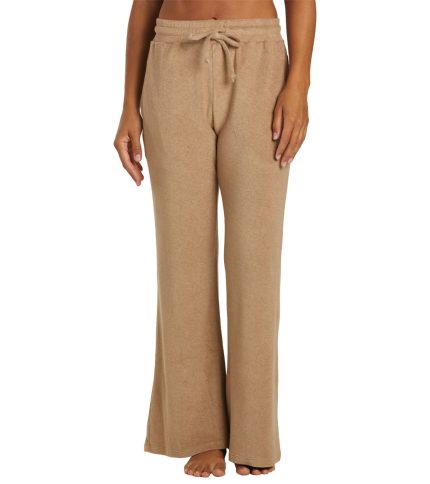 Zuma Pants
Rated 4.31 out of 5$63.99
Zuma Pants
Rated 4.31 out of 5$63.99 -
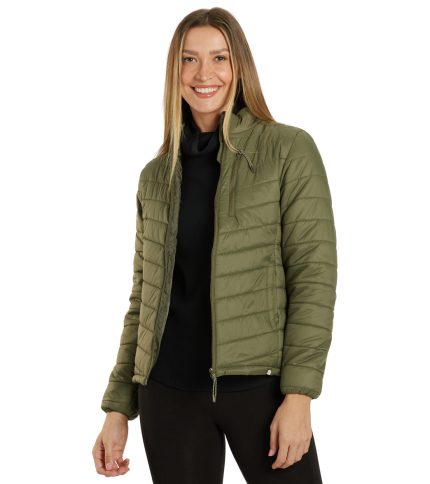 Long Sleeve Puffer Jacket
Rated 4.31 out of 5$40.00
Long Sleeve Puffer Jacket
Rated 4.31 out of 5$40.00 -
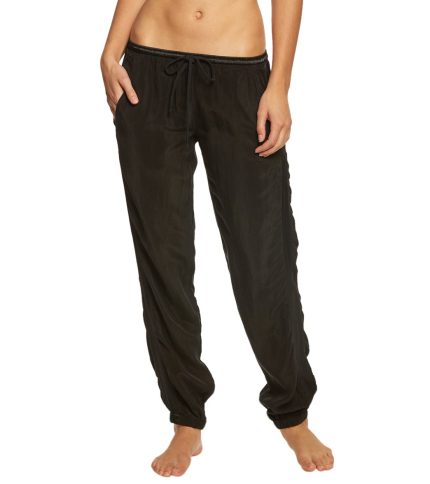 Racer Yoga Pants Joggers
Rated 4.69 out of 5$47.99
Racer Yoga Pants Joggers
Rated 4.69 out of 5$47.99 -
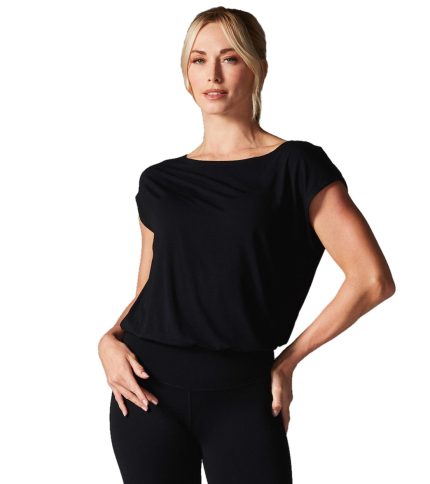 Voyage Boat Neck Tee
Rated 4.54 out of 5$43.50
Voyage Boat Neck Tee
Rated 4.54 out of 5$43.50 -
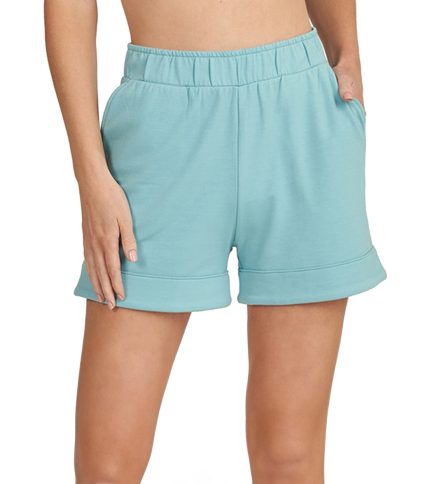 Thrive Societe Comfort Lounge Short
Rated 4.31 out of 5$24.14
Thrive Societe Comfort Lounge Short
Rated 4.31 out of 5$24.14
